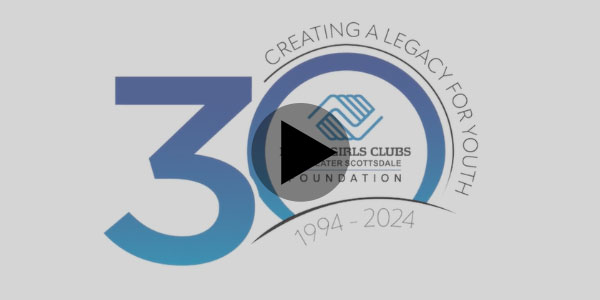Thursday April 18, 2024
Case of the Week
Gifts from IRAs, Part 2
Case:
Quentin was the firstborn child in a large family. Throughout his childhood, Quentin's parents worked hard to put food on the table for their children. They also instilled in Quentin the value of hard work and saving money. Quentin took those lessons to heart, putting forth his best efforts in school, finding a rewarding job and increasing his savings. For many years, Quentin worked for a company that offered a 401(k) plan. During those years, he put as much into his 401(k) as he could to maximize the benefit of his employer's matching contributions. Eventually, Quentin moved on to other employment and made a tax-free rollover of his 401(k) into an IRA. As he approached retirement, Quentin continued to invest in his retirement savings by maxing out his IRA contributions each year.With his lifelong penchant for saving money and some savvy investing, Quentin was able to retire comfortably at age 65. Given his lifetime savings, investment income and social security distributions, Quentin does not feel he needs the additional income that his IRA distributions will provide – especially with the increased taxes tied to that income.
Question:
Quentin understood that making a gift from his traditional IRA to charity before reaching 70½ would be treated as taxable income (see Part 1). Based on that knowledge, he decided to wait to donate a portion of his IRA to charity until after his "half-birthday." Quentin decides to call his tax advisor to discuss whether donating from his IRA would be the best option for making a charitable gift.Solution:
Quentin's advisor explains that because he had now reached age 70½, he is eligible to make an outright tax-free gift to charity from his IRA, known as an IRA charitable rollover. Section 408(d)(8) of the Internal Revenue Code describes the circumstances under which an IRA owner may make an IRA charitable rollover, also referred to as a qualified charitable distribution (QCD) in the Internal Revenue Code. Quentin may distribute up to $105,000 this year directly from his IRA to a qualified charity. Qualified charities include Sec. 509(a)(1) and Sec. 170(b)(1)(A) public charities. Section 509(a)(3) supporting organizations and Sec. 4966(d)(2) donor advised funds are not qualified recipients of QCDs.The advisor also points out that, although Quentin is now eligible to make a QCD at 70½, he is not yet required to take a distribution from his IRA. The age at which required minimum distributions (RMDs) begin was increased from 72 to 73 with the Secure 2.0 Act. Quentin does not have a required minimum distribution this year, so he could wait and allow the IRA to continue to grow until he reaches age 73.
If the QCD rules are met, the distribution will not be included in Quentin's taxable income for the year. However, he will not receive a charitable income tax deduction for the transfer. If Quentin was age 73, a QCD this year would satisfy his RMD up to $105,000. Usually, donors must itemize their tax deductions in order to benefit from charitable giving. However, an IRA charitable rollover allows non-itemizers to benefit.
In addition to benefiting non-itemizers and itemizers alike, this "universal deduction" is beneficial for taxpayers who have already reached their deduction limitations for the year. A taxpayer may deduct up to 60% of his or her adjusted gross income (AGI) each year for cash contributions and up to 30% of AGI for contributions of appreciated property. Donors who have reached these limits may still make IRA charitable rollover gifts. This is because IRA charitable rollovers do not provide charitable deductions, they instead remove the distribution from taxable income.
As a non-itemizer, Quentin understands that he will not have RMDs for another 2 ½ years, but he decides to test the QCD waters anyway. Quentin especially likes the idea of being able to donate to charity while also reducing his taxable income when his required minimum distributions begin at age 73. Therefore, he makes a modest QCD from his IRA at age 70½ and plans to make larger QCDs once his RMDs begin at age 73.
Previous Articles
Exit Strategies for Real Estate Investors, Part 17 The Double Deferral Solution
Exit Strategies for Real Estate Investors, Part 16





